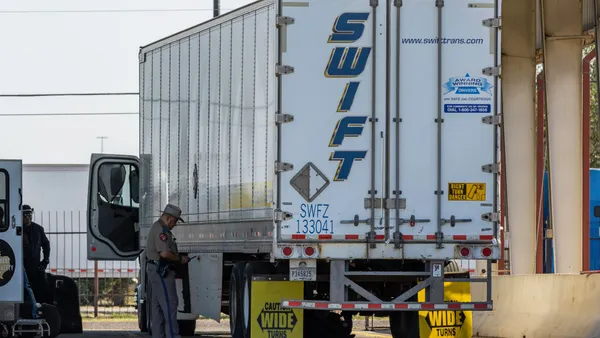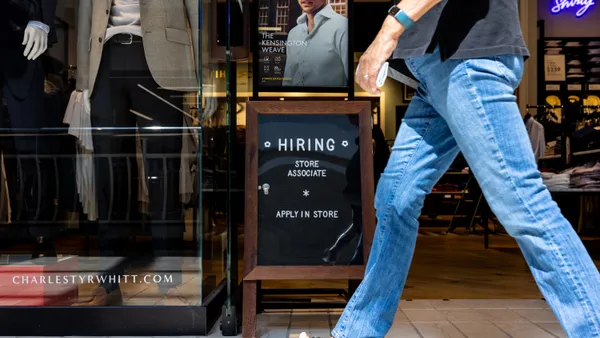Dive Brief:
- Employee burnout has stayed chronically high, and employee workload remains the driving factor behind the burnout, according to a June 4 report from management consulting firm Eagle Hill Consulting.
- When asked since the beginning of the pandemic how to reduce burnout, employees repeatedly report that it can be alleviated by a four-day workweek (69%); increased flexibility (66%); and a decreased workload (63%). Six in 10 cite better health and wellness benefits, and 56% say working from home helps.
- “We may have hit a wall when it comes to reducing worker burnout. Our latest worker burnout research finds substantial burnout levels haven’t budged, and the burnout drivers remain virtually unchanged,” Melissa Jezior, Eagle Hill president and CEO, stated in a media release. “At the same time, workers consistently say that the burnout solution lies in offering more flexibility and addressing their workload levels.”
Dive Insight:
News that burned out workers are less productive, engaged and innovative, and more likely to walk out the door, as Jezior noted, isn’t new.
But the report’s findings from a February survey by Ipsos of 1,247 respondents across the U.S. should spur employers to pay more attention to employee views on the causes of and remedies for burnout, Jezior advised.
Although worker burnout dropped since the early days of the pandemic, it remains stubbornly high at 45%, according to the survey. “Worker input gives us a roadmap for alleviating stress, and employers who take the cues to find solutions will have a competitive advantage,” Jezior said.
Survey findings, like those from questions posed to employees in January by The Harris Poll for The Grossman Group, are a wake-up call for leaders, be they front-line managers or those in senior positions, The Grossman Group’s CEO said in a statement when the firm released its report in April.
The Grossman survey found that 76% of employees and 63% of managers reported feeling burned out or ambivalent about their current positions. But while only a quarter of employees said they were thriving, nearly 90% of managers believed their employees were doing well.
The disconnect may be one cause of the problem. Managers play a critical role in burnout, whether positively or negatively, the Grossman survey found. On the positive side, employees who said they were thriving attributed that to a manager who was empathetic or invested in their success.
Employees and managers both said they relied on approachable leadership or leaders invested in their success. But in the current business landscape, that could be a challenge, according to a May report from Gallup.
The firm’s late 2023 survey of more than 18,000 employees found that managers and leaders have been the hardest hit by disruptive change, putting them more at risk for burnout.
To reduce this risk and help affected individuals more quickly adapt, Gallup urged leaders to build trust by allowing people to feel heard through informal conversations — and by communicating frequently about what they’re certain will happen and what may yet be unknown, even if they’re wary about doing so.
Increased burnout among HR staff is also an issue, one that may make it more difficult to retain HR pros, industry leaders told Gartner in a report published last August. To address their burnout, a Gartner senior director suggested adopting form mechanisms to empower HR staff, such as incorporating non-HR knowledge in HR functions.
Among the overall workforce, Eagle Hill found that women (49%) continue to report higher levels of burnout than men (41%), as do younger workers, with Generation Z at 54% compared to millennials at 52%.














